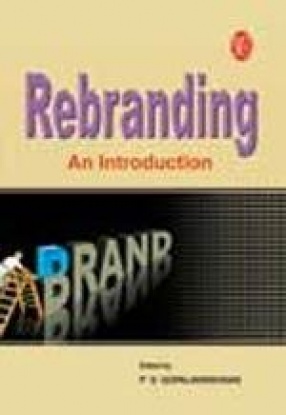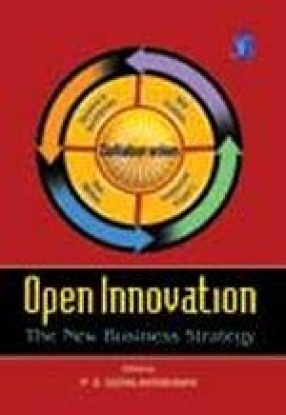From the beginning of the 21st century, there has been a spurt in the rebranding process in almost all walks of human activity, around the world. A well-managed brand can be a mullti-bagger for a company. But nowadays, there is clutter of brands and products in the marketplace. Companies find it difficult to differentiate their products from their competitors’. In such cases, they resort to a rebranding exercise to boost up the brand’s image. Rebranding is the process by which a product or service that was developed, marketed and distributed with one brand name or a company’s image or product specialty, is marketed or distributed with a different identity after rebranding. According to Tony Spaeth, the renowned Identity Consultant, there are two kinds of rebranding – the ‘have to’ and the ‘want to’. Rebranding can be applied to new products as well as mature products. Rebranding is a cost-effective process as compared to a new product launch. MNCs and large Corporations adopt rebranding to effect minor make-overs to their brands to serve multiple cultural affinities, when they expand their operations across the border. Rebranding is no longer considered ‘old wine in new bottle’. It is a powerful tool in the hands of marketers to reach out to uncharted markets. This book provides in-depth analyses explaining the rationale behind rebranding. Many successful rebranding stories are narrated in the book highlighting the usefulness of this new marketing tool.
Rebranding: An Introduction
In stock
Free & Quick Delivery Worldwide
reviews
Bibliographic information
Title
Rebranding: An Introduction
Author
Edition
1st ed.
Publisher
ISBN
8131407756
Length
232p.
Subjects








There are no reviews yet.